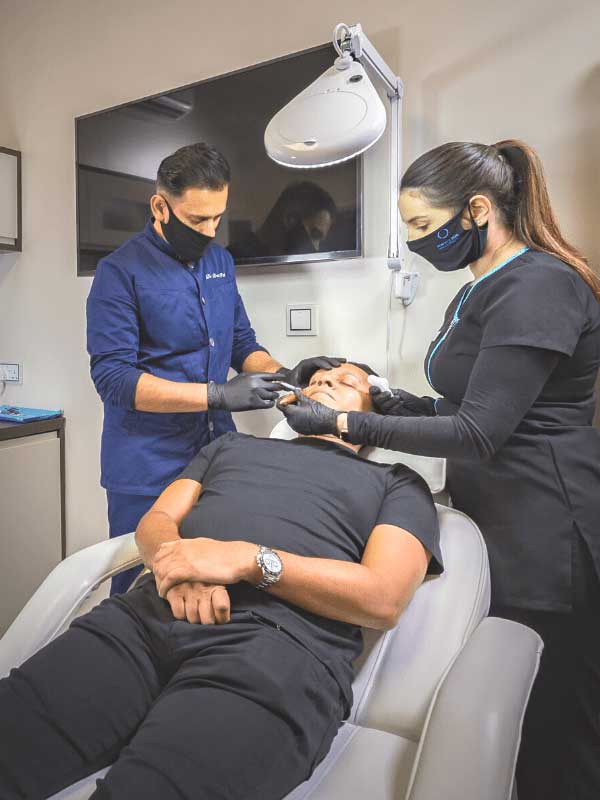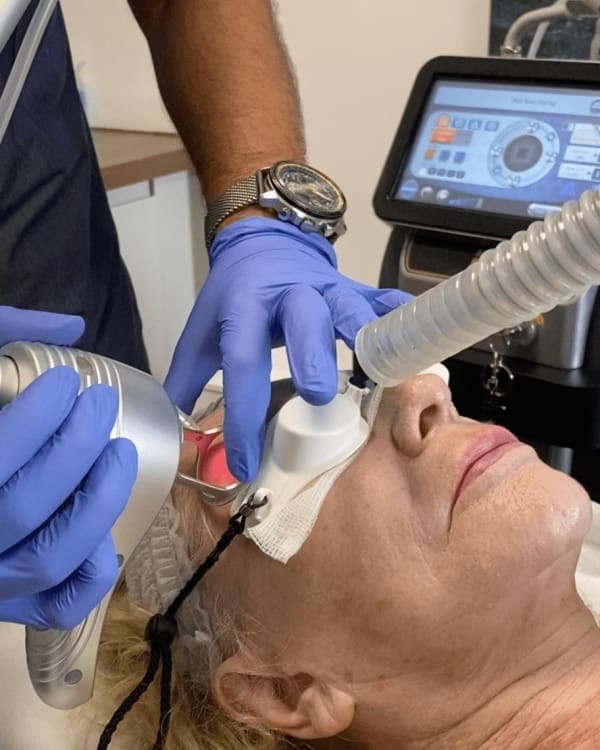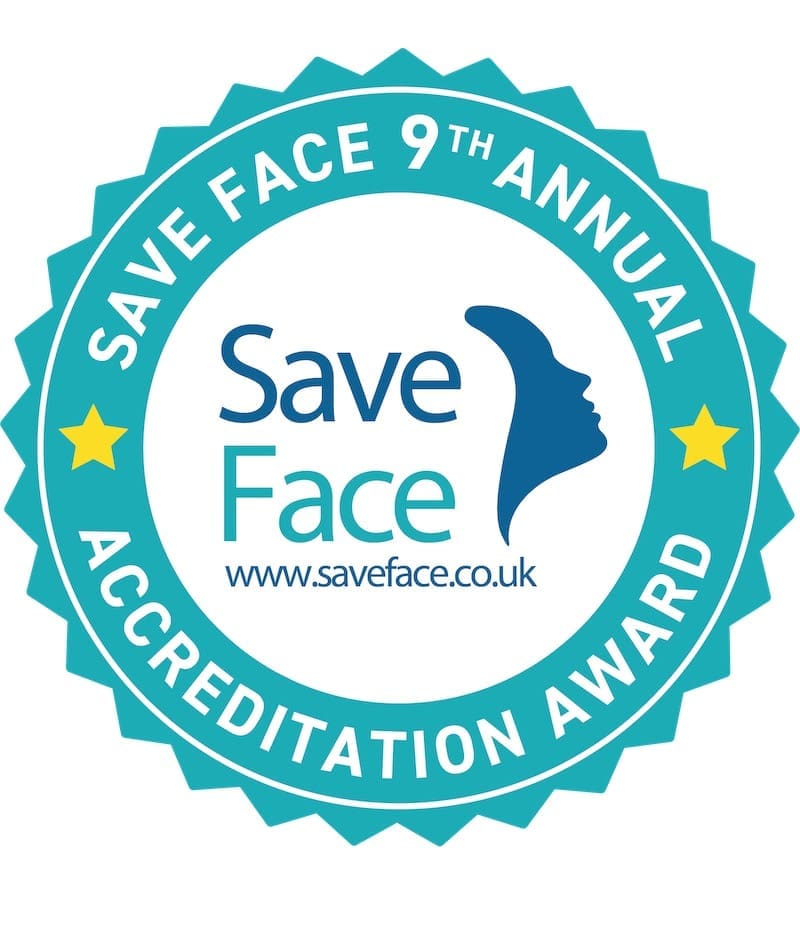

face Condition
Milia Removal
Milia are small white to yellowish hard, raised cysts that form under the skin when old skin cells and keratin get trapped beneath the surface. A milia is formed when there is a build-up of keratin that gets trapped under the skin. Milia is usually 1 to 2 millimetres in diameter that can appear anywhere but is most commonly found on the face. Milia is harmless but can be bothersome. If you've got white bumps on your skin, they could be milia or milk spots. Small white bumps can be treated at Perfect Skin Solutions.
Best Treatments For Milia Removal
We have several different treatment options for the removal of milia and small white bumps, including chemical peels which help exfoliate the skin and treat milia effectively.
- Electrolysis technique
- Plexr
To help prevent milia, regular treatments such as; HydraFacial, chemical and carbon peels are a great option.
What Causes Milia?
The formation of milia happens when there is a build-up of keratin that gets trapped under the skin. This can be due to the skin not being exfoliated, or shedding dead skin cells. Milia is not a form of acne, as milia is not formed within a pore, but under the top layers of the skin.
Milia is very common and can appear at any age, even in babies. With most cases of milia, it has no cause although some people can be more prone to them.
Milia can also form after skin injuries like:
- Burns
- Sunburns
- Blistering rashes
What are Milia?
Milia are small, white or yellowish bumps that appear on the skin, typically on the face, cheeks, and nose. Often referred to as milia grains due to their grain-like appearance, these tiny cysts form when dead skin cells become trapped beneath the skin’s surface. While milia are harmless and do not cause any health issues, they can be a cosmetic concern for some individuals who prefer a smoother complexion.
Types of Milia
There are several types of milia, each with distinct characteristics:
- Primary milia: The most common type, primary milia occur when dead skin cells become trapped beneath the skin’s surface. They can appear at any age and are often found on the face.
- Secondary milia: These form as a result of skin damage, such as sun exposure or skin trauma, which causes dead skin cells to become trapped beneath the skin’s surface. Conditions like burns or blistering rashes can also lead to secondary milia.
- Neonatal milia: Common in newborn babies, neonatal milia are caused by blocked sweat glands. These tiny bumps usually appear on the face and resolve on their own within a few weeks.
- Multiple eruptive milia: A rare type, multiple eruptive milia occur in clusters and are often associated with skin conditions such as eczema or acne. They can appear suddenly and may spread over a larger area.
- Milia en plaque: This type of milia occurs in a patchy or plaque-like pattern and is often linked to skin conditions such as eczema or psoriasis. Milia en plaque can be more challenging to treat due to its association with underlying skin conditions.
Causes of Milia
Milia are caused by the accumulation of dead skin cells that become trapped beneath the skin’s surface. Several factors can contribute to this process:
- Skin damage: Sun exposure, skin trauma, and skin conditions such as eczema or acne can cause dead skin cells to become trapped beneath the skin’s surface, leading to milia formation.
- Genetics: Some individuals may be more prone to developing milia due to their genetic makeup, making them more susceptible to trapped dead skin cells.
- Skin care: Poor skin care habits, such as not exfoliating regularly to remove dead skin cells, can contribute to the development of milia. It’s essential to maintain a proper skincare routine to prevent buildup.
- Medications: Certain medications, such as corticosteroids, can cause milia as a side effect. If you notice milia forming after starting a new medication, consult your healthcare provider.



Why have your Milia Removal treated at Perfect Skin Solutions?
Get Milia expertly removed by our qualified practitioners. Our clinic in Portsmouth is ideal to get Milia treated. We have many years of experience and multiple treatment options.
Get in contact




















































